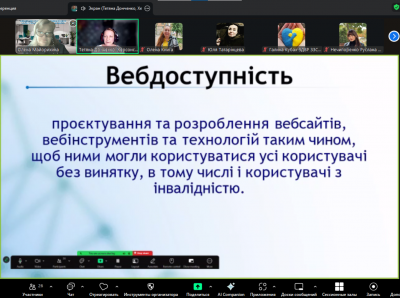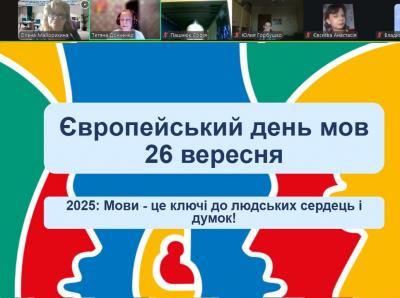Afro-American Women Journalists
African-American Women's Voices in Journalism
Black women in America have always faced a double challenge, discriminated against because of their color as well as their sex. In the 1850s, as the abolition movement grew, African-American journalists began speaking out. Their voices were heard through a number of small, and mostly poorly funded, black newspapers crying out for an end to slavery.
One of the first black women journalists was Mary Ann Shadd Cary, who published an abolitionist newspaper in Canada in the 1850s. Others contributed to black papers even earlier, signing their letters and articles mostly as "a young woman of color."
Though the first thrust of these women was their protest against slavery, after the Civil War they began to use the press as a forum to speak out on other topics. Women like Gertrude Mossell, Ida Lewis, and Ida B. Wells crusaded for better living and "working conditions and for better education for their people.
I As dean of women at Tuskegee Institute, Margaret Murray Washington, the wife of Booker T. Washington, helped many young African-Americans find their way to higher education. In addition to her work at the college, Washington edited her own paper, National Noted.
Alice Allison Dunmgan was one of the first African-American women to become part of the Washington Press corps as White House correspondent for the Chicago Defender. Dunnigan was followed in this post by Ethel Payne.
The Civil Rights movement of the 1960s opened the doors of the larger journalism community to African-American journalists- Slowly but surely African-American -women took their places among distinguished journalists. But even before that, Marvel Jackson Cooke became the first African-American woman to work as a full-time reporter for a mainstream white paper, the Daily Compass, in the state of New York in the 1950s.
Daisy Bates, -who with her husband, owned and published the Arkansas State Press, came to prominence in the 1950s when she covered the hotly contested integration of Little Rock High School in Arkansas. The Bateses were forced to close their paper in 1959, but reopened it in 1985, vowing to continue their commitment to working for improved conditions for African-Americans.
Ida Lewis, another prominent African-American journalist, was the first black woman to appear as a panelist on television's "Meet the Press."After writing for the black press for several years, Ms. Lewis became a freelancer and traveled to West Africa. Her work appeared in Life and other major publications. In 1970, Ms. Lewis became the editor of Essence. In 1972, she put up her own money to publish Encore. Later, Ms. Lewis established yet another publication, Five Fifteen, "The First Black Women's Newspaper."
Today African-American women continue to make strides in journalism, appearing more and more often on national network television news programs iand as writers and columnists in newspapers across the country.
This information is only for education purpose, and was taken from ' Extraordinary Women Journalists' by Claire Price-Groff.- Children's Press, USA










